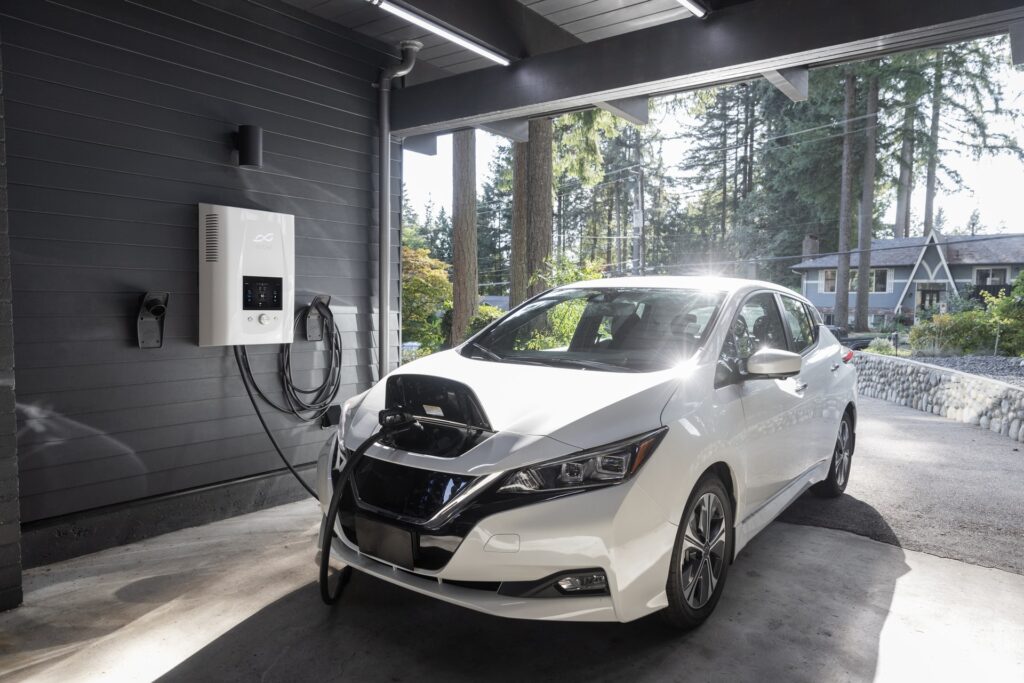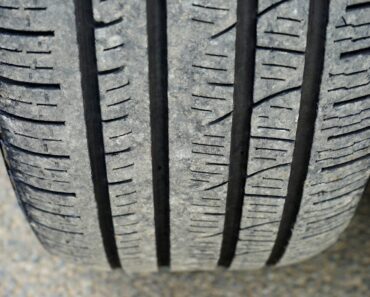Electric vehicles have come of age and are selling in higher numbers. However, many potential owners wonder how far an electric car can go on a single charge. This is a valid question because stopping to charge an EV several times a day is not convenient, meaning an EV should have a range that can cover the owner’s daily driving requirements.
The good news is, as battery tech and overall efficiency improve, EVs are lasting longer on a charge, making range anxiety disappear. For example, the Tesla Model 3 has an estimated driving range of 263 miles, while the Volkswagen ID.4 lasts 250 miles. The Hyundai Kona Electric will go 258 miles before you need to charge it.
City cars tend to have less range, which is ok since the owners do not expect to cover longer distances with them. For example, the Volkswagen e-Up has a 161-mile range, while the Honda e lasts 137 miles, although it is a cute-looking car.
In the rest of this article, we look at factors that affect how far electric cars go on one charge in real life. However, we will first look at how manufacturers come about their estimated EV driving ranges.

How is an electric car’s range calculated?
When you read an electric car’s review, you will see the driving range as quoted by the manufacturer. It is important to note that this value is an estimate, and your real-world results may differ. However, you can be sure it is free of manufacturer bias because the estimate is usually certified by third parties.
The two most popular authorities on driving ranges are the Environmental Protection Agency, EPA, in the US, and the World Harmonized Light Vehicle Test Procedure, WLTP, in Europe.
The EPA uses a dynamometer to test the vehicle or a treadmill for cars, so the vehicle will not leave a spot. The treadmill simulates city and highway driving and uses a formula to determine the final figure.
WLTP differs in that it uses actual driving tests outside the lab. However, it focuses more on city driving. Since city driving is more efficient than highway cruising, WLTP ranges tend to be higher than EPA’s. Except for the city cars, the EV ranges mentioned earlier in this article are EPA. The Tesla Model 3 has 267 miles, Volkswagen ID.4, 308 miles, and the Kona Electric, 279 miles according to WLTP.
What factors affect how far an electric car can go in real life?
When you drive your EV, how many miles you can squeeze out of the car depends on various factors. You can affect some of them, while the others are out of your control. Some of them are listed below.
Driving style
If you accelerate rapidly or drive at higher speeds, your battery level will go down faster. To get the most out of your battery, move at a steady pace. Conservative driving is the best. Also, most modern EVs offer regenerative braking, which helps you charge the battery as you brake. Use it as often as possible.
Battery size
EVs with larger batteries naturally go longer on a single charge, and you should check this property when selecting an EV. However, the more the battery capacity, the higher the cost of the car. This is because the battery is the most expensive component in an EV.
Temperature
EVs have reduced driving ranges when the temperature drops. This is due to the chemical reactions taking place within the battery slowing down. Depending on how cold it is, the driving range could be halved. However, some EVs will let you precondition the battery before driving off to reduce the effect of the cold.
Load, towing, and drag
The more the load in your EV, the faster the battery drain. If you want to go farther, reduce the ‘burden.’ Similarly, towing cargo behind you cuts into your range significantly.
EV makers take special care so that the car encounters the minimum resistance on the highway. This influences the physical appearance of the vehicle. Avoid strapping cargo on the roof as it increases the wind resistance.






